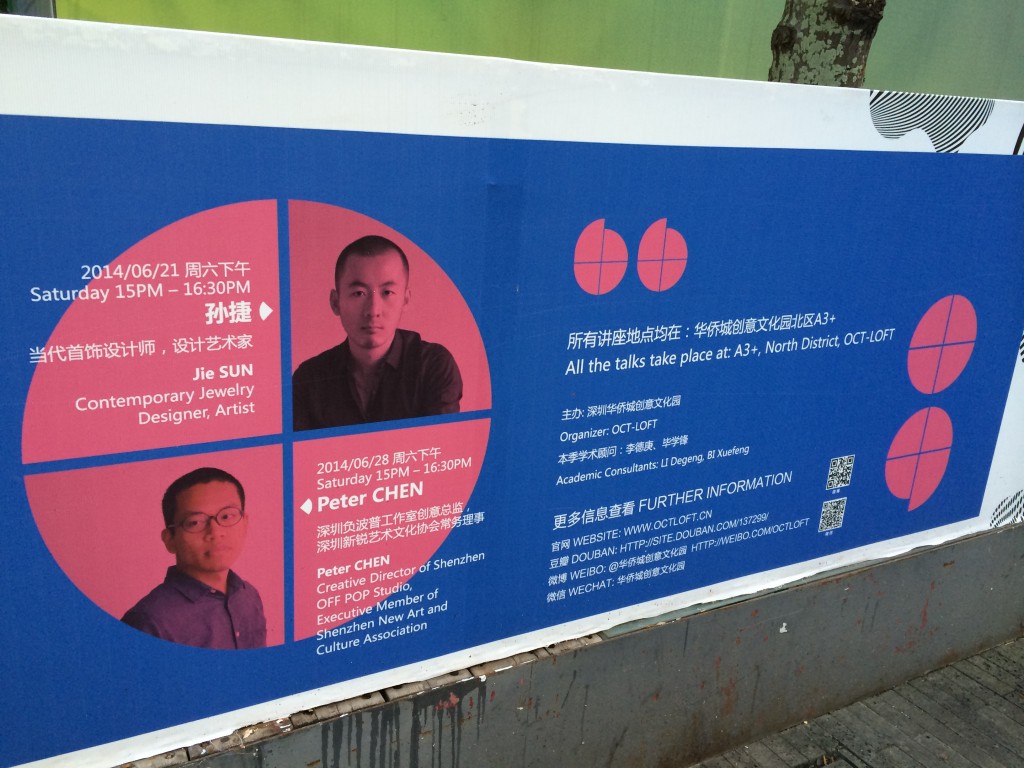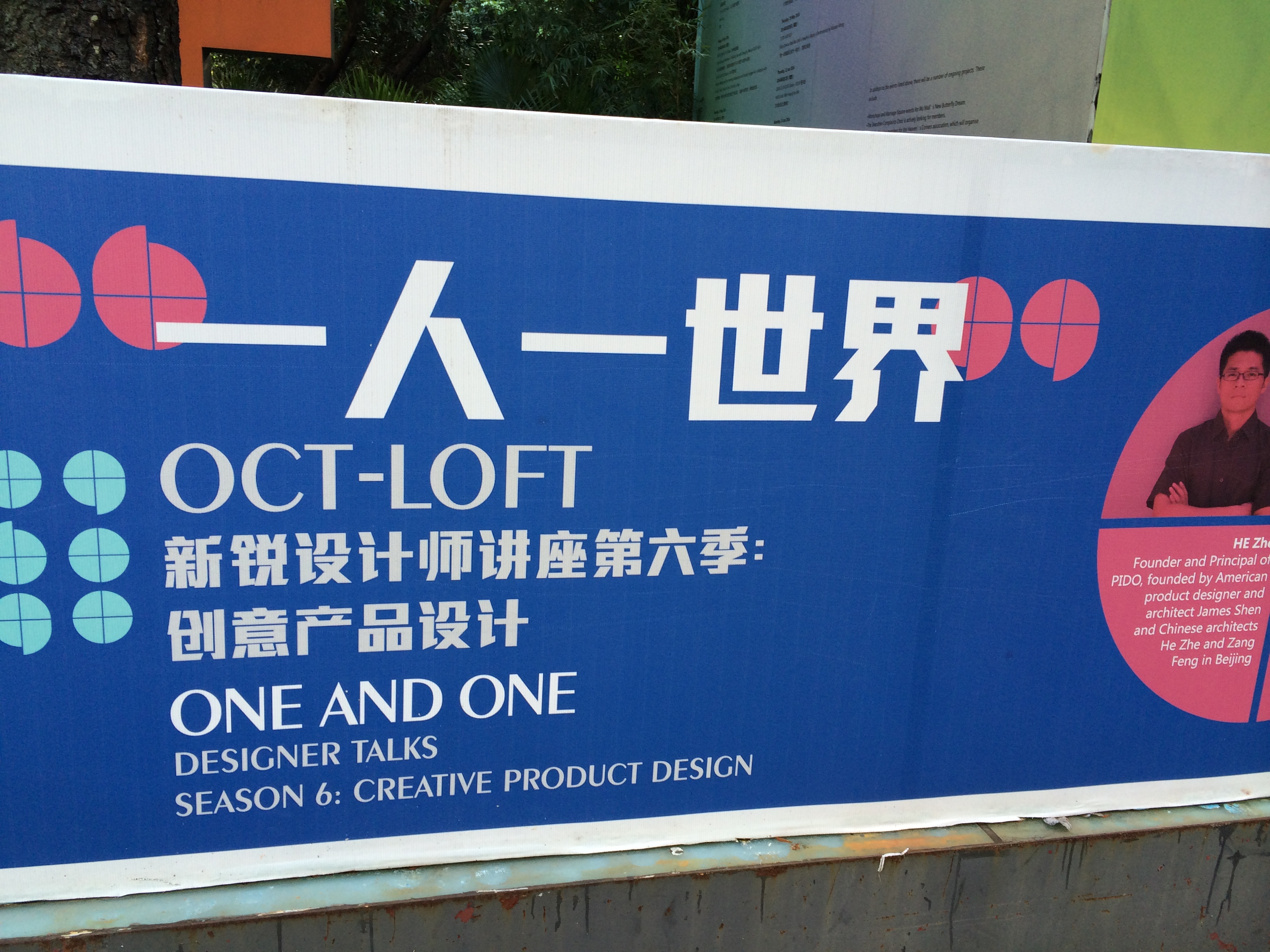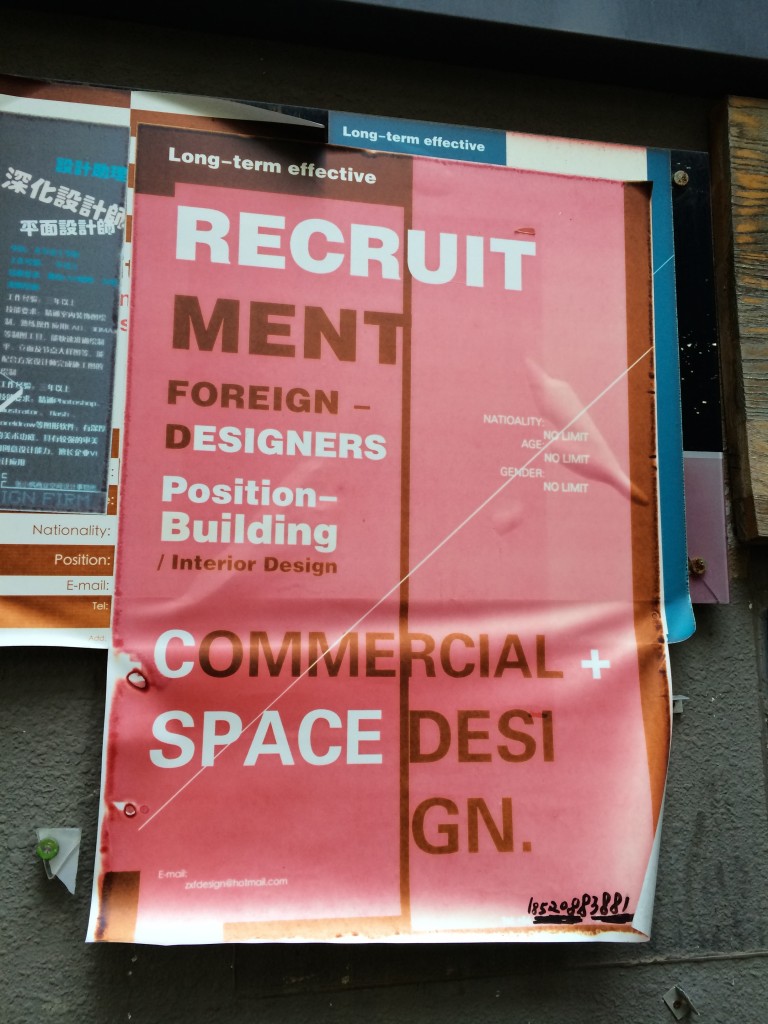Shenzhen is known for manufacturing in China. However, it has a cool spot called OCT-Loft where designers and creative people with different backgrounds gather, chill out, and share their ideas. According to the Protocity.com,
Located in the Nanshan District, OCT-Loft is a project of significant scope and scale. Largely designed by Shenzhen-based architecture firm Urbanus, the project renovated 209.000 square metres of disused industrial warehouse space, modelled after similar developments in Yaletown, Vancouver’s loft district. The architects see the neighbourhood as an assemblage of divergent land uses and district users: middle-class residential units, a clustering of theme park entertainment, and vacant industrial space.
The renovation is a transformation of vacancy into an artistic and cultural node in Shenzhen’s urban fabric: the scope of OCT-Loft’s development yields most of its impact through the strategic programming of space rather than through architectural innovation. The site is primarily a creativity cluster: refurbished factories and warehouses now house hubs of fine art, graphic design, interior design, architecture, costume design, and marketing.
The architects and developers of OCT-Loft envision the project to be a part of a burgeoning trend of environmentally- and socially-conscious urban planning and architectural design. Critics seem to agree, characterising OCT-Loft as a typology for urban “recycling” that reformulates the abandoned industrial relics of Shenzhen’s first developments in the special economic zone in the 1980s into centres of cultural activity, capital accumulation, and compact living.
OCT-Loft attempts to bridge the gap between underutilised structures in the neighbourhood with the residential section of the neighbourhood, drawing an explicit connexion between the cultural-spatial transformation and comprehensive mixed-use development seen within contemporary culture-led development strategies.
While I visited OCT-Loft, I met several posters. Some posters announced design events such as Creative Product Design. In this event, architect, jewelry designers, and product designers were invited to give a talk and share their thoughts and ideas.

Other posters announced to recruit designers with backgrounds of interior design, product design, and visual graphics. Interestingly, most of those posters said nationality, age, or gender do not matter. Compared to other Asian cities where the job market dramatically shrinks, Shenzhen provides more job opportunities to young creative workers.

